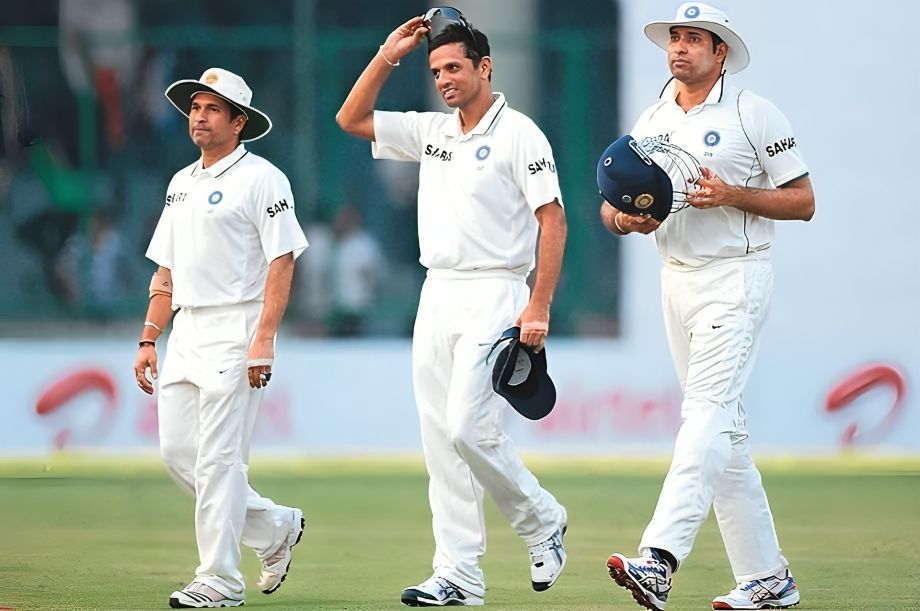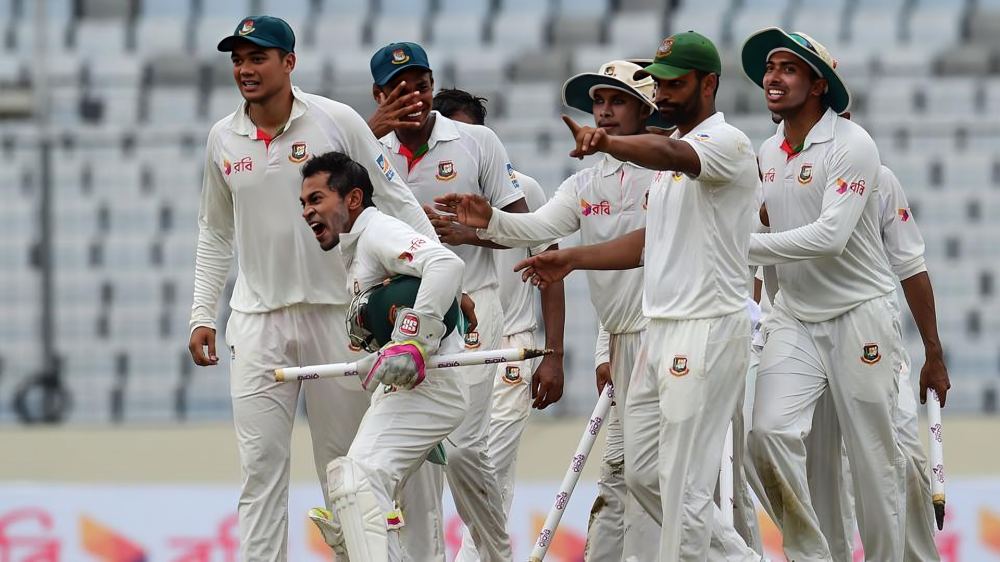Test cricketers wear white primarily for traditional reasons and to differentiate the format from limited-overs cricket, where colored clothing is used. The white attire symbolizes the formal nature of the game, aligning with its historic roots.
Test cricketers wear white primarily for traditional reasons

Moreover, white clothing helps in identifying the players more easily in the field, especially under the bright lights or during day-night matches. Additionally, wearing white can be practical; it reflects sunlight and keeps players cooler in hot weather conditions.

Test cricketers wear white clothing as part of a long-standing tradition that dates back to the game’s origins. The color white represents the formal and serious nature of Test cricket, distinguishing it from limited-overs formats like One Day Internationals (ODIs) and Twenty20s, where players wear colored kits.

The use of white in Test cricket is a cherished tradition, representing the sport’s rich history and its emphasis on discipline and sportsmanship.
Additionally, white clothing serves practical purposes:
- Sunlight Reflection: White reflects sunlight, helping players stay cooler on hot days.
- Visibility: The white color helps in maintaining visibility for players, especially during bright daytime matches.
- Uniformity and Tradition: Wearing white has become a symbol of the traditional format of the game, promoting a sense of uniformity among players.

